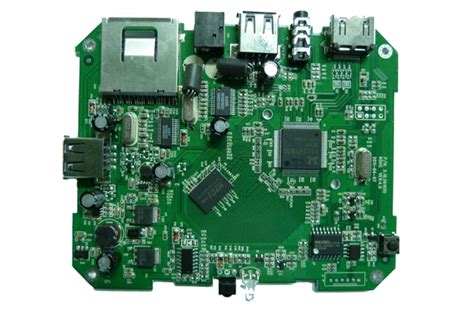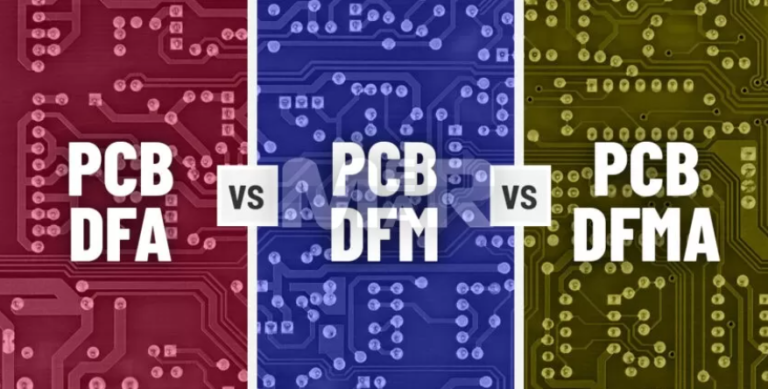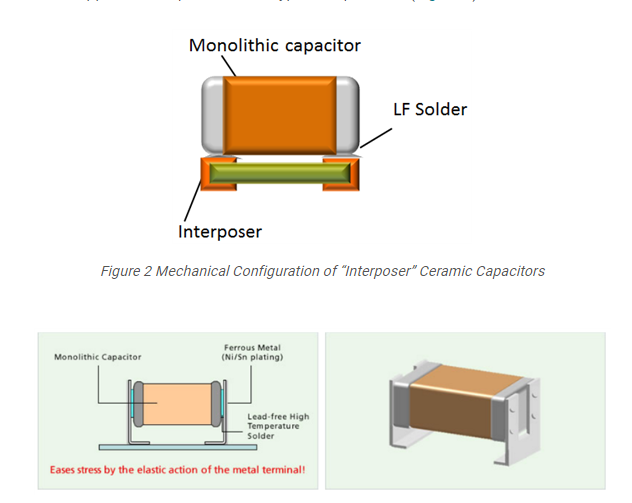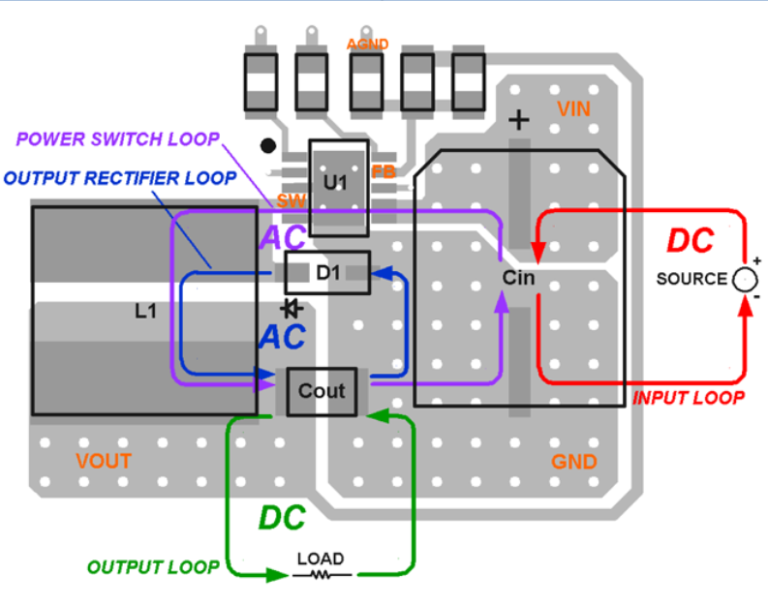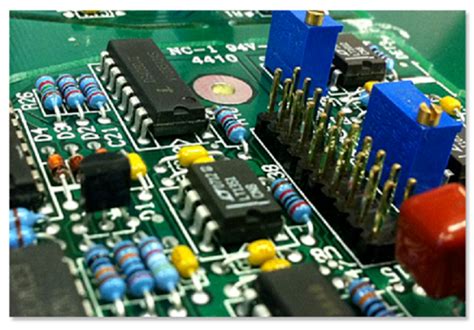Flex pcb minimum bend radius
Understanding Flex PCB Minimum Bend Radius: Key Considerations
In the realm of modern electronics, the use of flexible printed circuit boards (PCBs) has become increasingly prevalent due to their ability to conform to complex shapes and fit into compact spaces.
One critical aspect of designing and implementing flex PCBs is understanding the minimum bend radius, a parameter that significantly influences the performance and reliability of these circuits.
The minimum bend radius is defined as the smallest radius around which a flex PCB can be bent without causing damage to the circuit or compromising its functionality. This concept is crucial for engineers and designers who aim to optimize the durability and efficiency of electronic devices.
To begin with, the minimum bend radius is determined by several factors, including the materials used in the construction of the flex PCB, the thickness of the board, and the number of layers it contains.
Typically, a smaller bend radius is achievable with thinner and more flexible materials. However, it is essential to strike a balance between flexibility and the mechanical strength required to withstand repeated bending. For instance, polyimide is a commonly used material in flex PCBs due to its excellent flexibility and thermal stability. By selecting appropriate materials, designers can ensure that the flex PCB maintains its integrity even when subjected to bending.
Moreover, the design of the flex PCB itself plays a pivotal role in determining the minimum bend radius.
The layout of the circuit, including the placement of traces and components, must be carefully considered to minimize stress during bending. It is advisable to avoid placing components or vias in areas that will experience significant bending, as this can lead to mechanical failure or electrical discontinuity. Additionally, the use of staggered or offset traces can help distribute stress more evenly across the board, thereby reducing the risk of damage.
In addition to material selection and design considerations, the manufacturing process also impacts the minimum bend radius of a flex PCB.
The method of lamination, for example, can affect the flexibility and durability of the board. Proper lamination techniques ensure that the layers of the flex PCB adhere well to each other, preventing delamination during bending. Furthermore, the use of advanced manufacturing technologies, such as laser cutting, can enhance the precision and quality of the flex PCB, allowing for tighter bend radii without compromising performance.
Understanding the minimum bend radius is not only crucial for the design and manufacturing of flex PCBs but also for their application in various industries.
In consumer electronics, for instance, devices such as smartphones and wearable technology require flex PCBs that can withstand frequent bending and twisting. Similarly, in the automotive and aerospace sectors, flex PCBs are used in environments where they are subjected to constant motion and vibration. By adhering to the principles of minimum bend radius, manufacturers can ensure that their products meet the rigorous demands of these applications.
In conclusion, the minimum bend radius is a fundamental consideration in the design and implementation of flex PCBs. By taking into account factors such as material selection, circuit design, and manufacturing processes, engineers can optimize the performance and reliability of these versatile components. As technology continues to advance, the importance of understanding and applying the principles of minimum bend radius will remain a key aspect of developing innovative and durable electronic solutions.
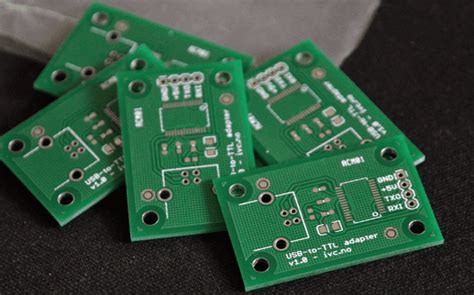
Designing for Durability: How Minimum Bend Radius Affects Flex PCBs
In the realm of electronic design, the flexibility of printed circuit boards (PCBs) has revolutionized the way engineers approach compact and dynamic applications. Flex PCBs, known for their ability to bend and conform to various shapes, are integral to modern devices ranging from smartphones to medical equipment. However, the design of these flexible circuits requires careful consideration of several factors to ensure durability and functionality. One critical aspect that significantly impacts the longevity and performance of flex PCBs is the minimum bend radius.
The minimum bend radius is defined as the smallest radius around which a flex PCB can be bent without causing damage to the circuit.
This parameter is crucial because bending a flex PCB beyond its minimum bend radius can lead to mechanical stress, resulting in cracks, delamination, or even complete circuit failure. Therefore, understanding and adhering to the minimum bend radius is essential for designing reliable and durable flex PCBs.
To comprehend the importance of the minimum bend radius, it is necessary to consider the materials and construction of flex PCBs.
Typically, these circuits are composed of layers of conductive copper traces sandwiched between insulating polyimide films. The flexibility of the PCB is primarily attributed to the polyimide material, which can withstand bending and twisting. However, the copper traces, while flexible, are more susceptible to stress and fatigue. Consequently, when a flex PCB is bent, the outer layers experience tensile stress, while the inner layers undergo compressive stress. If the bend is too sharp, the copper traces may crack or separate from the substrate, leading to circuit failure.
Designers must take into account several factors when determining the appropriate minimum bend radius for a flex PCB.
These include the thickness of the PCB, the number of layers, and the materials used. Generally, a thicker PCB or one with multiple layers will require a larger bend radius to prevent damage. Additionally, the orientation of the bend—whether it is along the length or width of the PCB—can also influence the minimum bend radius. By carefully considering these factors, designers can optimize the bend radius to ensure the PCB’s durability.
Moreover, the application and environment in which the flex PCB will be used play a significant role in determining the minimum bend radius.
For instance, in applications where the PCB will be subjected to repeated bending or dynamic movement, such as in wearable devices or robotics, a larger bend radius may be necessary to accommodate the increased mechanical stress. Conversely, in static applications where the PCB will remain in a fixed position, a smaller bend radius may be acceptable.
In conclusion, the minimum bend radius is a critical design parameter that directly affects the durability and performance of flex PCBs. By understanding the interplay between materials, construction, and application requirements, designers can ensure that their flex PCBs are both reliable and long-lasting. As technology continues to advance and the demand for flexible electronics grows, the importance of designing for durability through careful consideration of the minimum bend radius will remain paramount. Through meticulous planning and adherence to design guidelines, engineers can harness the full potential of flex PCBs, paving the way for innovative and resilient electronic solutions.

Common Mistakes in Flex PCB Design: Ignoring Minimum Bend Radius
In the realm of flexible printed circuit board (PCB) design, one of the most critical yet often overlooked considerations is the minimum bend radius. This parameter is essential for ensuring the reliability and longevity of flex PCBs, which are increasingly used in a variety of applications due to their ability to conform to complex shapes and fit into compact spaces. However, designers frequently make the mistake of ignoring or underestimating the importance of the minimum bend radius, leading to potential failures and increased costs.
The minimum bend radius is defined as the smallest radius around which a flex PCB can be bent without causing damage to the circuit.
This specification is crucial because bending a flex PCB beyond its minimum bend radius can result in mechanical stress that may lead to cracks in the conductive traces, delamination of the layers, or even complete circuit failure. Therefore, understanding and adhering to the minimum bend radius is vital for maintaining the integrity and functionality of the flex PCB.
One common mistake in flex PCB design is assuming that all materials and designs can withstand the same bend radius.
In reality, the minimum bend radius is influenced by several factors, including the thickness of the flex PCB, the materials used, and the number of layers. For instance, a thicker flex PCB will generally have a larger minimum bend radius compared to a thinner one. Similarly, the choice of materials, such as the type of copper and dielectric used, can significantly impact the flexibility and bendability of the circuit. Therefore, it is imperative for designers to consider these variables during the design phase to avoid costly redesigns and potential failures in the field.
Moreover, another frequent oversight is neglecting to account for the dynamic versus static bending conditions.
Static bending refers to a one-time or infrequent bending of the flex PCB, while dynamic bending involves repeated flexing over the product’s lifetime. Each condition imposes different stress levels on the circuit, and thus, the minimum bend radius for dynamic applications is typically larger than that for static applications. Designers must accurately assess the operational environment and application requirements to determine the appropriate bend radius for their specific use case.
Furthermore, inadequate communication between design and manufacturing teams can exacerbate issues related to the minimum bend radius.
Designers may not always be aware of the manufacturing constraints and capabilities, leading to designs that are difficult or impossible to produce without compromising the bend radius. To mitigate this, it is essential for design teams to collaborate closely with manufacturers early in the design process. This collaboration ensures that the design is not only feasible but also optimized for manufacturability and performance.
In conclusion, ignoring the minimum bend radius in flex PCB design can lead to significant reliability issues and increased costs. By understanding the factors that influence the minimum bend radius and considering both static and dynamic bending conditions, designers can create more robust and reliable flex PCBs. Additionally, fostering effective communication between design and manufacturing teams can further enhance the design process, ensuring that the final product meets both performance and manufacturability requirements. As the demand for flexible electronics continues to grow, paying careful attention to the minimum bend radius will remain a critical aspect of successful flex PCB design.

Innovations in Flex PCB Technology: Reducing Minimum Bend Radius Constraints
In recent years, the field of flexible printed circuit boards (PCBs) has witnessed significant advancements, particularly in the reduction of minimum bend radius constraints. This development is crucial as it enhances the versatility and application of flex PCBs in various industries, including consumer electronics, automotive, and medical devices. The minimum bend radius is a critical parameter in the design and application of flex PCBs, as it determines the extent to which the board can be bent without causing damage or failure. Traditionally, the minimum bend radius has been a limiting factor, restricting the design possibilities and applications of flex PCBs. However, recent innovations have focused on overcoming these limitations, thereby expanding the potential uses of these versatile components.
One of the primary factors influencing the minimum bend radius is the material composition of the flex PCB.
Advances in material science have led to the development of new substrates and conductive materials that offer greater flexibility and durability. For instance, the introduction of polyimide films with enhanced mechanical properties has significantly reduced the minimum bend radius, allowing for tighter bends without compromising the integrity of the circuit. Additionally, the use of advanced adhesives and encapsulants has further contributed to this reduction by providing better support and protection to the conductive traces during bending.
Moreover, innovations in manufacturing techniques have played a pivotal role in minimizing the bend radius.
Laser direct structuring (LDS) and additive manufacturing processes have enabled the creation of more precise and intricate circuit patterns, which can be designed to accommodate tighter bends. These techniques allow for greater design flexibility, enabling engineers to optimize the layout of the circuit to reduce stress concentrations and improve overall bendability. Furthermore, the implementation of multi-layer flex PCBs, where multiple layers of circuitry are laminated together, has also contributed to reducing the minimum bend radius. This approach allows for more complex designs while maintaining the necessary flexibility and reliability.
In addition to material and manufacturing advancements, simulation and modeling tools have become indispensable in the design process of flex PCBs.
These tools allow engineers to predict the behavior of the circuit under various bending conditions, enabling them to optimize the design for reduced bend radius constraints. By simulating different scenarios, engineers can identify potential failure points and make necessary adjustments to enhance the durability and performance of the flex PCB. This proactive approach not only reduces the risk of failure but also accelerates the development process by minimizing the need for physical prototypes and testing.
The reduction of minimum bend radius constraints in flex PCBs has opened up new possibilities for their application across various industries.
In consumer electronics, for example, the ability to design devices with tighter bends allows for more compact and ergonomic products, enhancing user experience. In the automotive industry, flex PCBs with reduced bend radius constraints enable the integration of more complex electronic systems in limited spaces, contributing to the development of smarter and more efficient vehicles. Similarly, in the medical field, these advancements facilitate the creation of more flexible and reliable medical devices, improving patient outcomes and expanding the scope of wearable health technologies.
In conclusion, the ongoing innovations in flex PCB technology, particularly in reducing minimum bend radius constraints, are driving significant advancements across multiple industries. Through improvements in materials, manufacturing techniques, and design tools, the limitations traditionally associated with flex PCBs are being overcome, paving the way for more versatile and innovative applications. As these technologies continue to evolve, the potential for flex PCBs to revolutionize various sectors remains promising, underscoring their importance in the future of electronic design and manufacturing.

